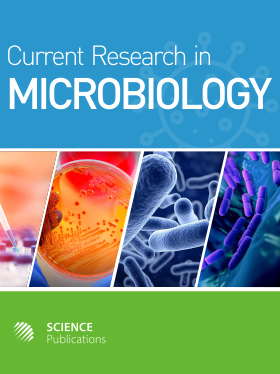Bacteria on Human Skin
- 1 Stanford University, United States
Abstract
Problem statement: Human skin is a large (~ 1.75 m2) organ containing a large number of ecologically distinct sites. These sites harbor a variety of distinct microbiomes. One challenge is to define the microbiome at every site. We chose two interesting sites: the base of the Front of the neck and the base of the Back of the neck (the nape) and enrolled forty volunteers. These two sites are interesting because the bacteria therein must interact with the skin and its microbiome and with clothing and hair and the external environment. Approach: The volunteers took their own neck swabs. Total DNA was prepared from each swab. That DNA was employed as a template in separate PCR reactions to amplify the V6 and V3 regions of the 16S ribosomal RNA gene. The V6 and V3 regions were pyrosequenced using Roche 454 Life Sciences technology. To identify the bacteria, the sequences were compared to the data in the Ribosomal Database Project. Results: From the sequences of the V6 region, it was found that all of the swabs contained at least 1% of the reads as Actinobacteria and Gammaproteobacteria. The substantial majority of the swabs contained at least 1% of the reads as Alphaproteobacteria, Bacilli and Betaproteobacteria. About half of the swabs contained at least 1% of the reads as Flavobacteria and Sphingobacteria. A few swabs contained Clostridia or Cyanobacteria at least at the 1% level. The Class of Gammaproteobacteria was supported by the most reads for 94% of the swabs. Conclusion: As a measure of bacterial diversity, the Shannon Diversity Index was computed from the V6 data for each swab and considered as a function of the number of reads. The Front and Back curves were indistinguishable. To determine how close the data were to saturation, the Chao1 curves for the Front and Back swabs were constructed. The two curves were indistinguishable. Neither curve appeared close to saturation.
DOI: https://doi.org/10.3844/ajmsp.2011.25.34

- 4,791 Views
- 2,893 Downloads
- 0 Citations
Download
Keywords
- Skin microbes
- human microbiome
